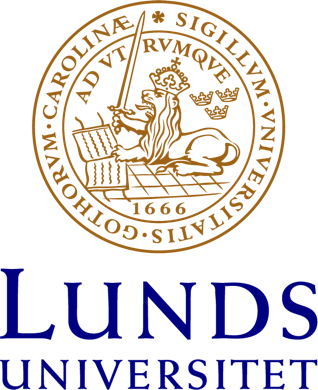Feature Reduction and Selection for Use in Machine Learning for Manufacturing
In a complex manufacturing system such as the multistage manufacturing system, maintaining the quality of the products becomes a challenging task. It is due to the interconnectivity and dependency of factors that can affect the final product. With the increasing availability of data, Machine Learning (ML) approaches are applied to assess and predict quality-related issues. In this paper, several M
